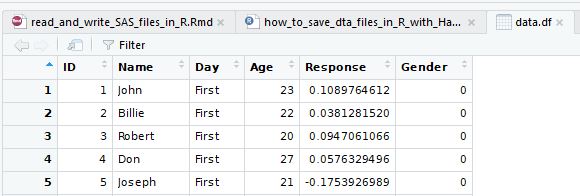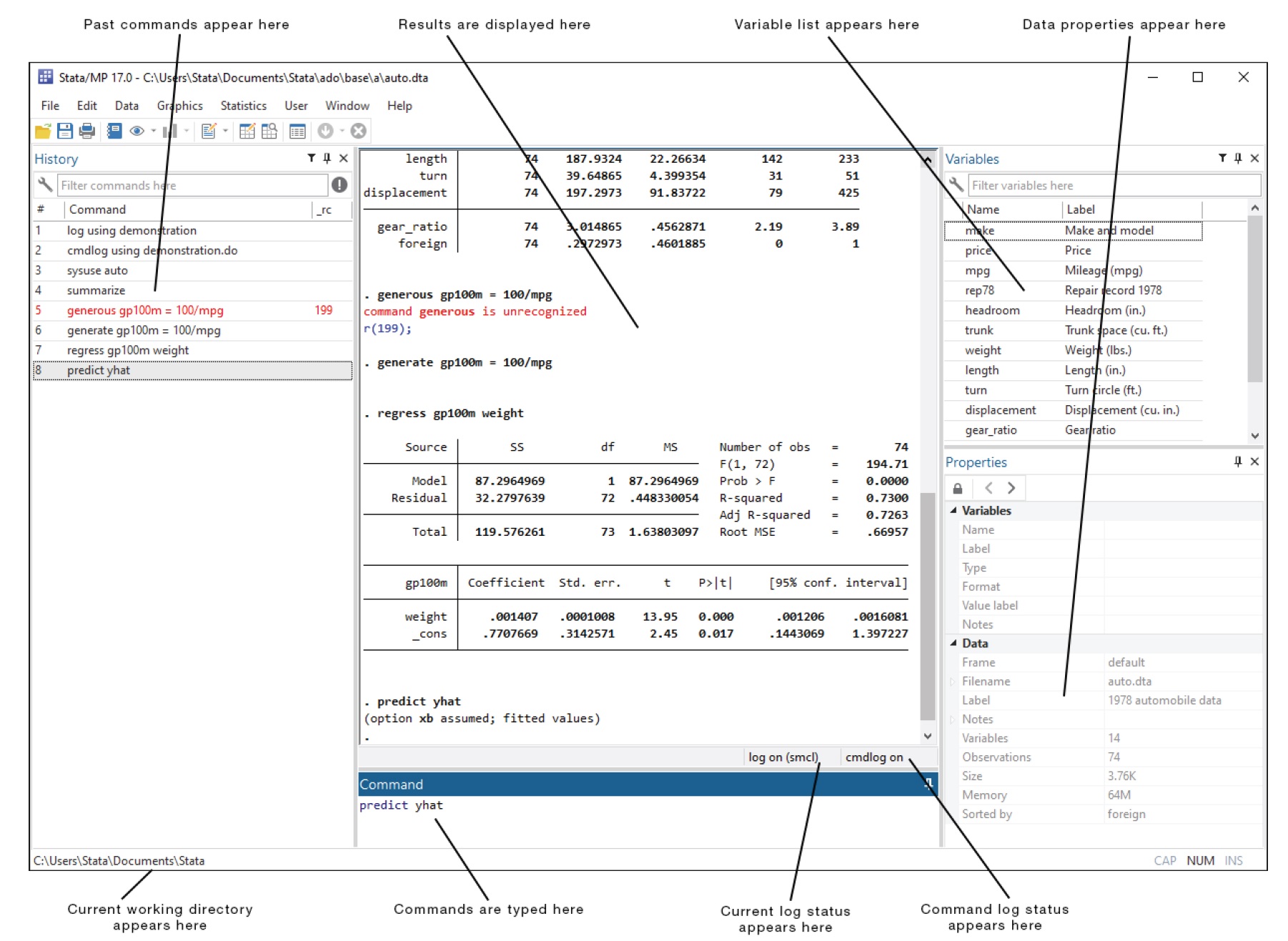
While it’s also possible to use Stata’s shell command to run an R script (for illustrative purposes, let’s pretend it’s called my_script.R), Roger Newson’s rsource module makes it particularly easy. R file with the commands you want to run in R (the “R script”), then-if necessary-reload the R output into Stata. log file, just select the Stata Log option under the “File Format” menu in the dialogue box.The trick to running R from within your do-file is first to save the data you want to pass to R, then call the. The do files are used for generating dynamic Web pages, content of the file can edit a JSP web developer. This file format will allow you to open your log file in other programs and may be easier to manage than the. The do file extension is used for Web-based Java program run by a Web server, such as IBM WebSphere. This will allow you to open the log file in Stata, but other programs will not read this type of file.

The default in Stata is to save the file with the extension. To create a log file, go to “File” -> “Log” -> “Begin.” This will bring up a dialogue box where you will save your log file. The file carsdata.do has the following text Stata do-file carsdata.do written January 2009 Create a text log file that stores the results log using carsdata.txt, text replace Read in the Stata data set. This will also retain your commands, although it will not save them in the same way a do-file does (they will be embedded in the output). STATA DO-FILE (A Script or program or Batch File) Stata commands can be combined in a text file with extension. Stata will automatically look for the profile.do file when opening and run those commands. Be sure to place the profile.do file in the directory U:\Documents.

This is called a log file and can be helpful for you to save all of your output. Use the Stata do file editor to create a file called profile.do file which contains the sysdir commands you wish to use. In addition to recording all of your commands in a do-file, you can also have Stata create a copy of everything that is sent to the Results window, with the exception of graphs. Alternatively, if you are accessing Stata at the command line via SSH, you can simply run stata mydofile.do to launch Stata, run the Do-file, and exit. While it’s also possible to use Stata’s shell command to run an R script (for. R file with the commands you want to run in R (the R script), thenif necessaryreload the R output into Stata. To save your do-file, you can either use the icon on the toolbar or use the “File”->”Save As” menu while the do-file editor is active. The trick to running R from within your do-file is first to save the data you want to pass to R, then call the. When I am ready to run the analyses, I select the commands I would like to run (you don’t have to select any text if you want to run them all) and click on the last icon on the toolbar in the do-file window: That tells Stata that the next line is part of the same command.

If you have a long command that you need on separate lines, add /// at the end of each line. Within this file, Stata will assume that each line is a new command unless you tell it otherwise. use relate.dta, clearĪfter I specify the data file, I enter the rest of the commands I want to run. This is to clear any data that Stata is currently working with. The directory that contains the master do-file is the master directory.

The typical set up is to have a master do-file which runs nested do-files, each of which can also run nested do-files, and so on. I suspect a true programmer would scoff at the relative simplicity of a Stata do-file, but those of us in the various disciplines that rely heavily on Stata for data analysis know that a Stata do-file can become. It automatically changes Stata's current directory to the one that contains the currently running do-file. Notice that on the end of each command, I add the option clear. In Stata, at its most basic level, a do-file is simply a text file that contains a script of commands for Stata to execute. Here are three examples of the use command, one from a data set in the current working directly, one from the internet and one from a jump drive in a different working directory. If the file is not in the working directory that you are currently in, just specify which directory you want to pull the file from. The first command you will need is the use command to specify the file you want Stata to use.


 0 kommentar(er)
0 kommentar(er)
